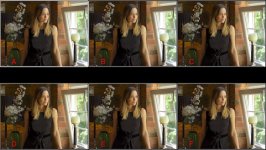NDhunter
Experienced observer

The difference in CA control between the HT and SV is substantial to me, but I'm more CA prone than most apparently. I had all but given up the idea of a true Alpha view with ultra low CA, the HT has shown me different.
Well tell us, have you found a binocular that you are pleased with ?
The truth is, all binoculars will show some CA, and I think you know
that by now.
CA is just one of many parts, and with the higher end optics, it is well controlled, and it also does not matter much to the other 99%, that use binoculars.
Jerry




